Fullerton Arboretum, Fullerton, Orange County, CA. 1-21-07. © Ron Hemberger |
Western Tailed-Blue Cupido amyntula Lepidoptera: Lycaenidae Back to Butterflies of Orange County, California |
Fullerton Arboretum, Fullerton, Orange County, CA. 1-21-07. © Ron Hemberger |
Fullerton Arboretum, Fullerton, Orange County, CA. 1-21-07. © Ron Hemberger |
Fullerton Arboretum, Fullerton, Orange County, CA. 1-21-07. © Ron Hemberger |
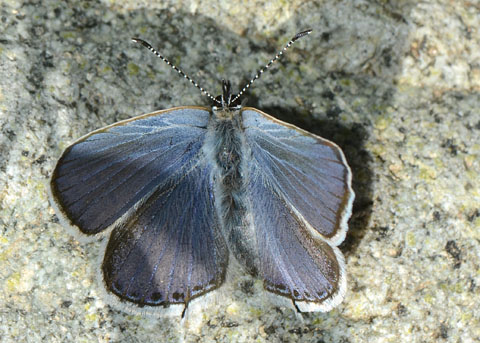 Limestone Canyon Regional Park, Orange County, CA. 4-15-12. © Peter J. Bryant |
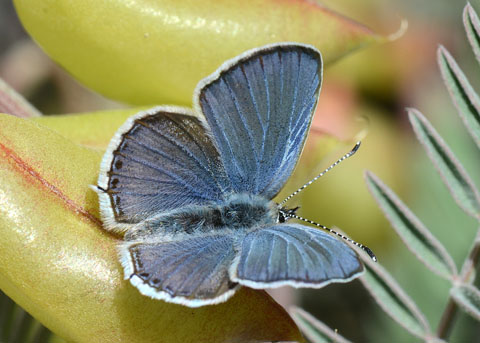 On Astragalus. Limestone Canyon Regional Park, Orange County, CA. 4-15-12. © Peter J. Bryant |
 On Astragalus. Limestone Canyon Regional Park, Orange County, CA. 4-15-12. © Peter J. Bryant |
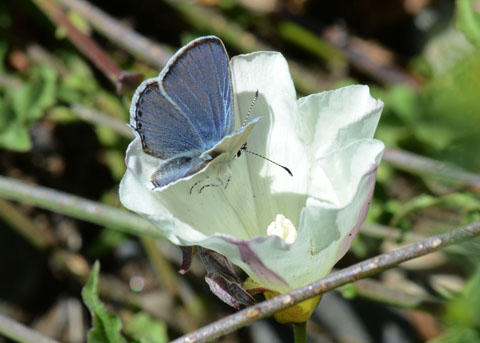 Limestone Canyon Regional Park, Orange County, CA. 4-15-12. © Peter J. Bryant |
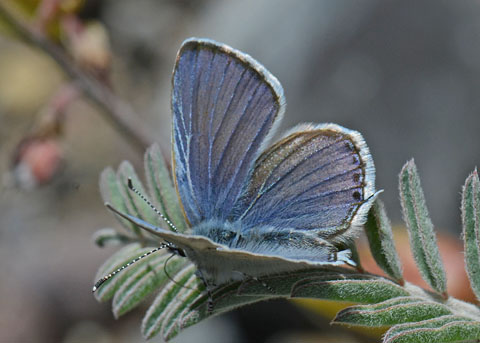 Limestone Canyon Regional Park, Orange County, CA. 4-15-12. © Peter J. Bryant |
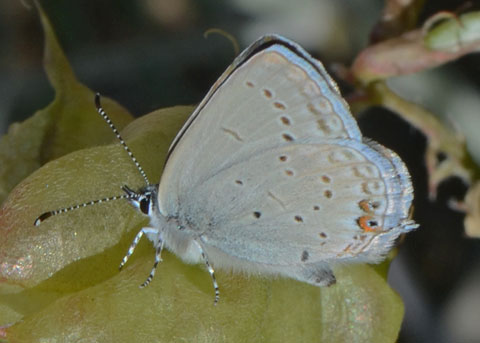 On Astragalus. Limestone Canyon Regional Park, Orange County, CA. 4-15-12. © Peter J. Bryant |
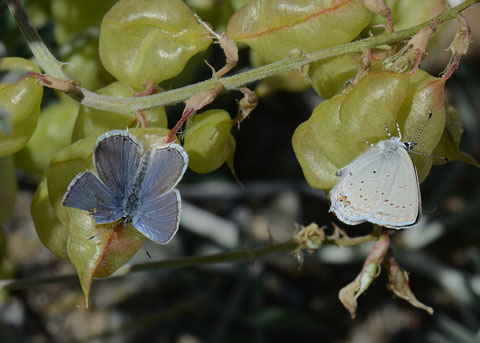 On Astragalus. Limestone Canyon Regional Park, Orange County, CA. 4-15-12. © Peter J. Bryant |
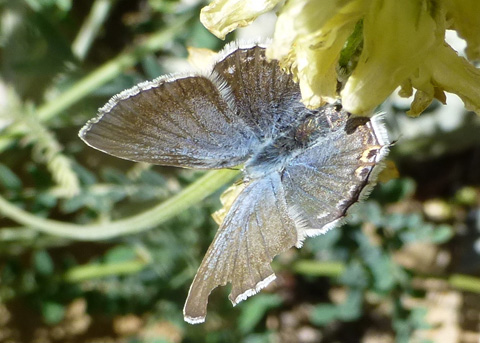 San Onofre bluffs south of power station, San Diego County, CA. 4-18-13. © Robert Gorman. |
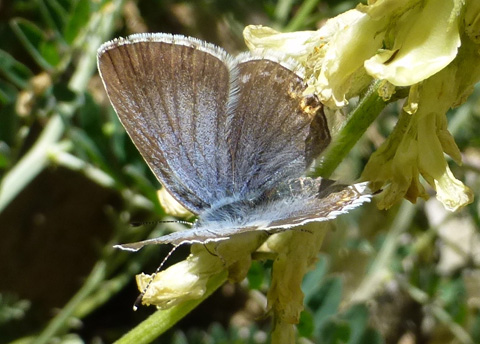 San Onofre bluffs south of power station, San Diego County, CA. 4-18-13. © Robert Gorman. |
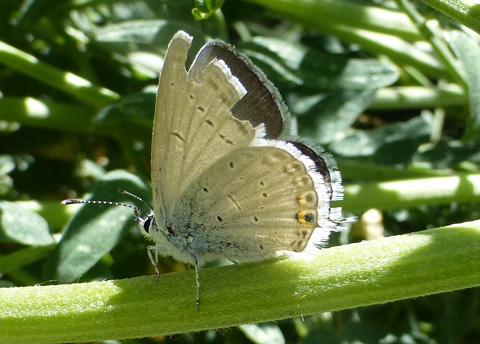 San Onofre bluffs south of power station, San Diego County, CA. 4-18-13. © Robert Gorman. |
|
Characteristics: Small tails on HW. The VW patterns will also help to distinguish this species from other blues. Forewing length: 13-16 mm. Habitats, Behavior: This small lycaenid is almost always found in association with locoweed, the larval foodplant. Distribution: We have few recent Orange County records, and all of these are from Silverado or Trabuco Canyons. The Western Tailed Blue may also occur near Upper San Juan Creek (Ortega Highway area), and other parts of the Santa Ana Mountains where locoweed (Astragalus spp. ) is present. Flight Period: Two broods fly at lower elevations and probably only one brood in the higher mountain areas. Records extend from February to August, with peak flight period in May and June. Larval Foodplants: Astragalus spp. Other Remarks: This blue evidently once occurred in the undisturbed lowlands of Orange County. Erich Walter captured more than one specimen at his father's ranch in Anaheim, although only one specimen from that era still survives. Theodore Hower remembers amyntula as being fairly common in Trabuco Canyon forty or more years ago in the vicinity where the canyon begins to narrow. Astragalus is still present and common along the road in that area. The key to locating populations of this localized species is to find stands of the foodplant. From Orsak, L. J. (1977). The Butterflies of Orange County, California. Center for Pathobiology Miscellaneous Publication #3. University of California Press, New York. 349pp. Return to Butterflies and their larval foodplants |
|